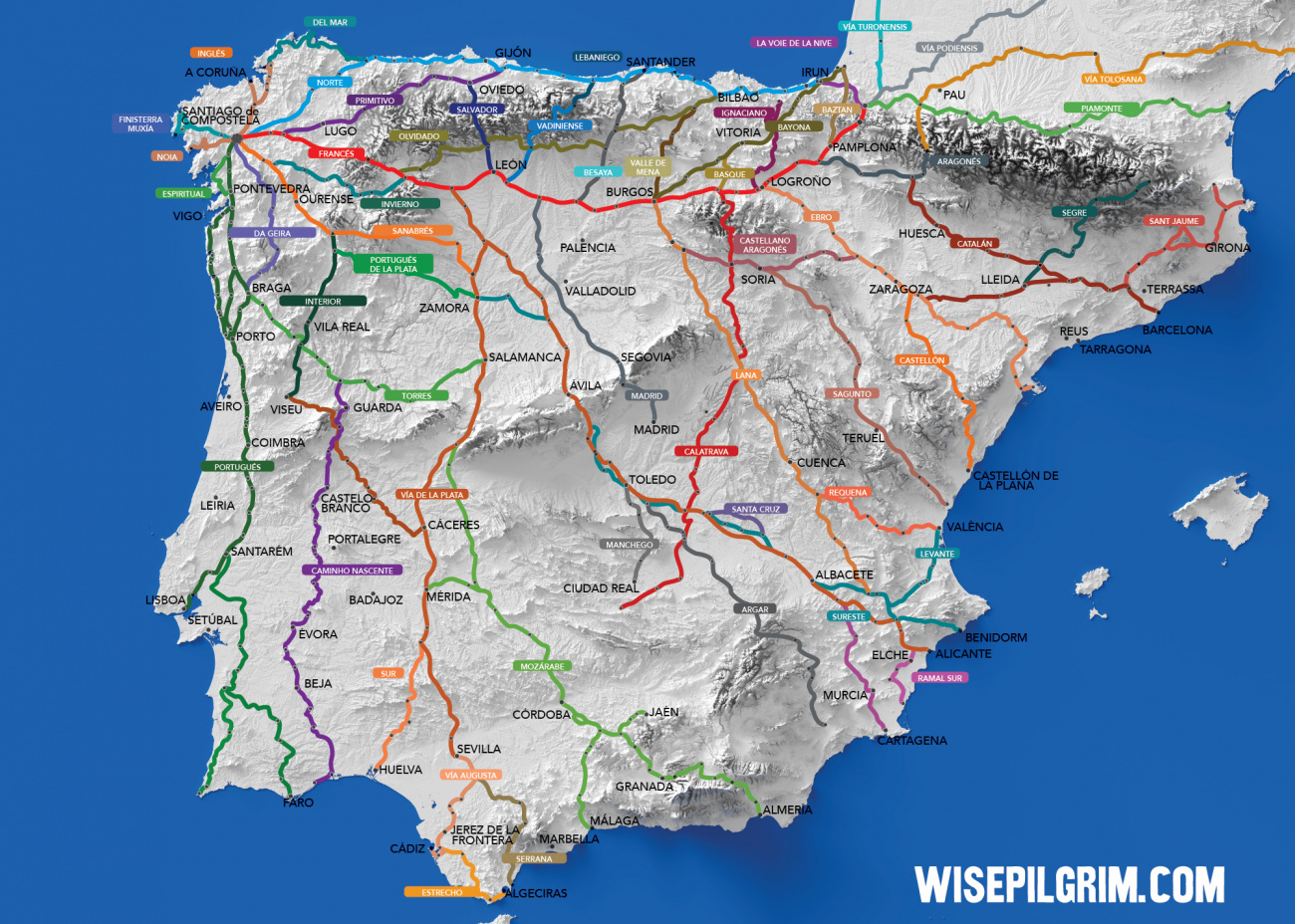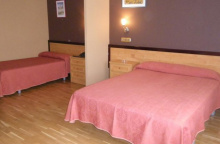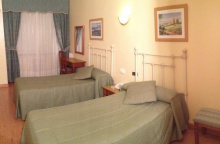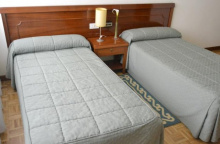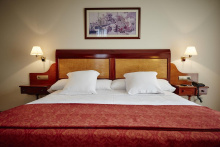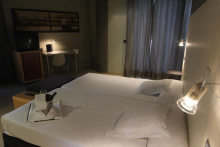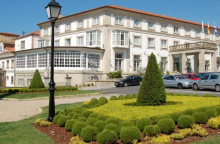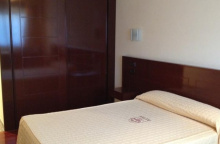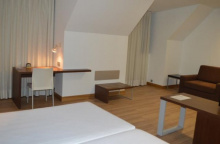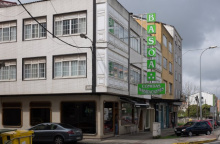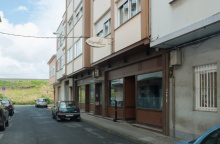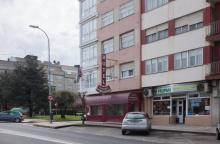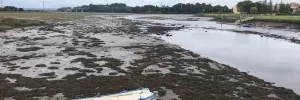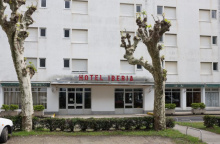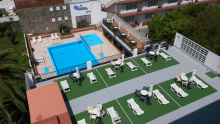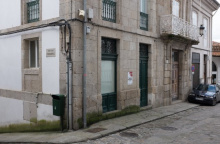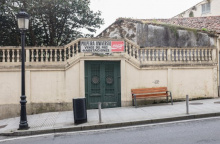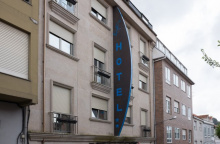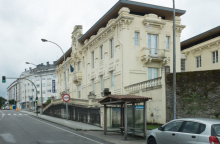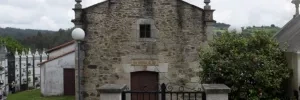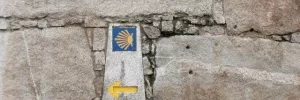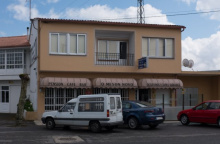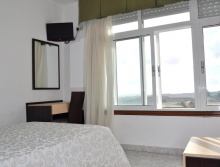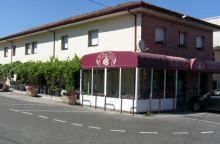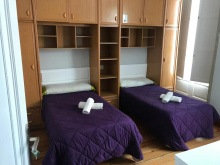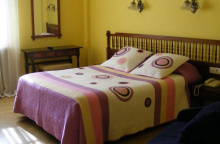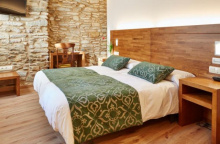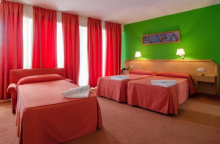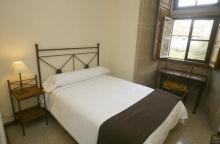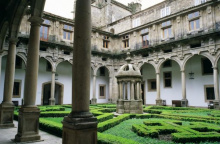Accommodation in Ferrol
| Albergue Casa do Mar de Ferrol 8€ 70 |
| Hostal Magallanes ⭑⭑ Booking.com |
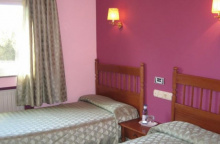
|
| Hostal Choyo 2 Booking.com |
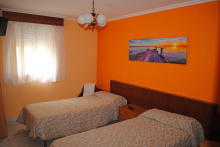
|
| Hostal La Frontera Booking.com |
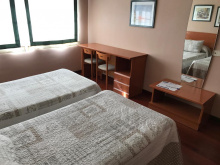
|
| Hostal El Cairo ⭑ Booking.com |
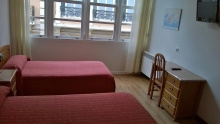
|
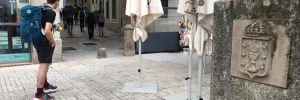
Accommodation in Neda
| Albergue de la Xunta de Neda 10€ 28 |
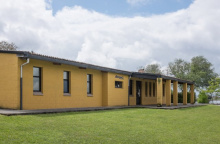
|
| Casa Rural Pazo da Merced |
| Pensión Maragoto | 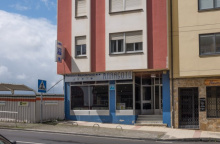
|
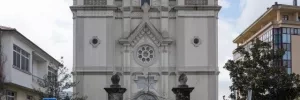
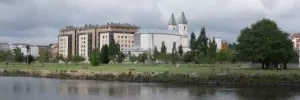
More appropriately called the Playa Magdalena. Bar on right-hand side just before arriving at the beach, and several others at the far end of the beach.
A short distance on, after leaving the beach behind and passing under the railroad, the camino crosses the bridge into Pontedeume.
Accommodation in Cabanas
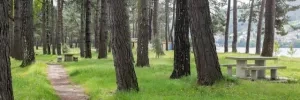
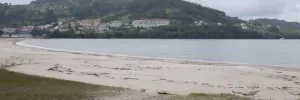
Before arriving in Miño, the camino makes several twists and turns to navigate around the AP9 highway.
Accommodation in Pontedeume
| Albergue municipal de Pontedeume 10€ 20 |
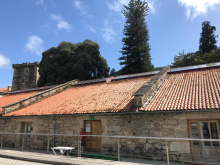
|
| Albergue Río Eume 15-17€ 20 Booking.com |
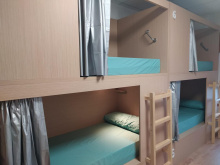
|
| Pensión Luis |
| Hostal Norte | |
| Hostal Allegue | 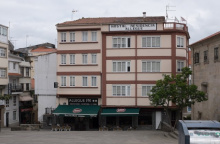
|
| Hotel Eumesa | 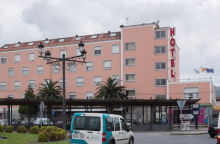
|
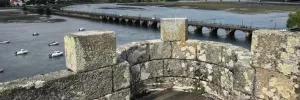
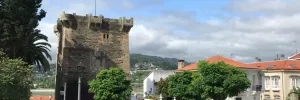
All services in Miño, including a nice beach.
Accommodation in Miño
| Albergue de la Xunta de Miño 10€ 22 |
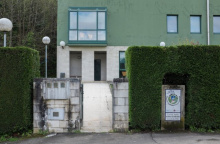
|
| Hotel O Cantiño | 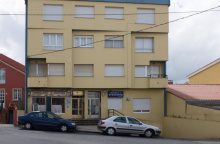
|
| Hostal La Terraza Booking.com |
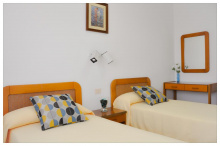
|
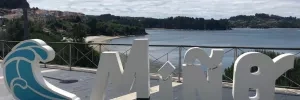
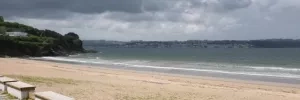
A few bars located along the road before crossing the bridge. There is also a small beach.
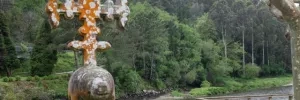
Betanzos has all services and heaps of monuments to seek out. Beware, though, for in Betanzos, it often feels that every direction is uphill. The municipal albergue here is reported to be in very good condition.
Accommodation in Betanzos
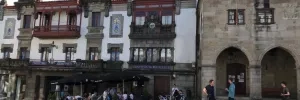
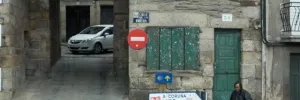
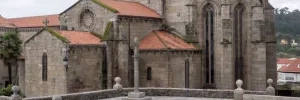
There are no services in Presedo, and the albergue is slightly off the camino, behind the church, and on the main road. You are advised to carry food here, or to order from one of the restaurants with menus posted in the albergue... they deliver. The Restaurant 'MESON-MUSEO XENTE NO CAMIÑO' is 500m down the road and has WiFi if you fancy an evening stroll.
Accommodation in Presedo
| Albergue de peregrinos de Presedo 10€ 20 |
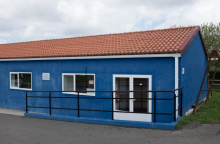
|
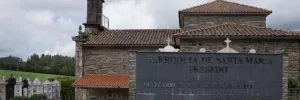
Food is available just down the road at Casa Graña.
Accommodation in Hospital de Bruma
| Albergue de la Xunta de Bruma 10€ 22 |
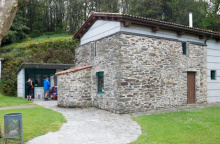
|
| Albergue San Lorenzo de Bruma 20€ 22 |
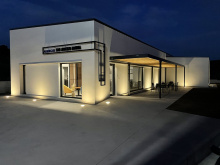
|
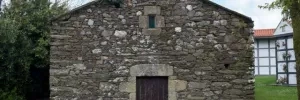
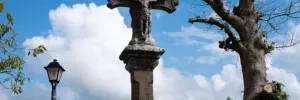
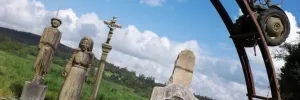
Accommodation in A Rúa (Inglés)
| Casa Rural DonaMaría Booking.com |
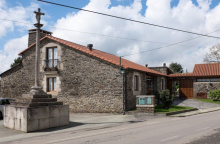
|
Between O Outeiro and Fonta the camino can become confused. Keep your eyes open for arrows, again remembering to distinguish between the purple and yellow variations. You will eventually come to a jumble of houses where a road ends, and it is there that the arrows become confused. Your best option is to keep on the road and watch for arrows. From this point, you will begin a series of steep switchbacks.
Accommodation in O Outeiro (Inglés)
| Albergue de peregrinos Rectoral de Poulo 10€ 42 |
Accommodation in Sigüeiro
| Albergue Ultreia et Suseia 15€ 12 Booking.com |
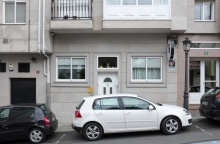
|
| Albergue Camiño Real 15/18€ 18 |
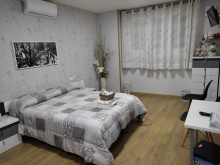
|
| Albergue Mirás 16€ 14 Booking.com |
|
| Segue o Camiño 18€ 20 Booking.com |
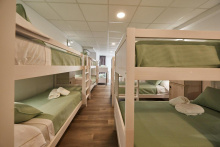
|
| Sigüeiro Hostel Booking.com |
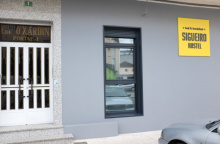
|
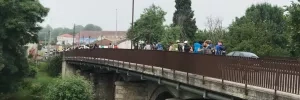
Welcome to Santiago! There are a tremendous amount of things to see and things to do in Santiago de Compostela; you are encouraged to stay for at least one full day extra for exploring the web of streets, all of which seem to bring you back to the Cathedral.
Your pilgrim related business is likely to start in front of the cathedral, kilometer zero. A shell and plaque mark the spot in the center of Plaza Obradoiro (see below).
If you are interested in receiving your Compostela, the certificate of completion, you will need to visit the Pilgrim’s Office, which was relocated in 2016 to a bright new building. To get there from the Plaza Obradoiro, face the Parador (the hotel on your left if you are facing the Cathedral) and look for the road that goes downhill to the left. Halfway down you pass the public restroom, and at the next street turn right. The office is at the end of that road and is easy enough to find. Note that there are few arrows indicating the way.
The Cathedral is the single largest attraction to Santiago and for good reason. Both inside and out it presents countless treasures to investigate, too many to list in fact but below are the best.
The Cathedral - Plaza by plaza
1. Plaza de Inmaculada, a.k.a. Azabache: As you enter the city, the first part of the Cathedral that you pass is the Puerta de la Azabachería. This is the entrance that faces the Monastery of San Martín Piñario.
2: Obradoiro: From Azabache you pass under the Palace of the Bishop which is adjoined to the Cathedral and cannot possibly be the sort of palace that affords much peaceful sleeping; the sound of bagpipes welcoming you can be heard from dawn to dusk. The stairway leads directly to the Plaza de Obradoiro and kilometer zero for pilgrims. In the center of the plaza is the last scallop shell and you are likely to find pilgrims taking their shoes off for a photo with it, and the Obradoiro Facade behind them.
This facade is the most majestic and most photographed of the Cathedral and was part of the 18th century building projects that took place in Santiago. The baroque design will keep your eyes moving and the massive amounts of glass allow for the illumination of the Pórtico de la Gloria that lies behind it. That Pórtico was the original front to the church designed by Maestro Mateo 600 years before the new facade.
3. Plaza Platerias: If you continue around the Cathedral you arrive at the Puerta de las Platerías (named for the silver craft that still exists in the shops below it). You will notice that some of the stonework stands out as a different material. These are replacement carvings, the originals were damaged and subsequently moved to the Cathedral Museum; and unfortunately the original composition was forgotten, leaving a somewhat nonsensical layout. In front of the doors are a set of stairs and the Platerías fountain, the usual meeting point for pilgrims commonly referred to as “the horse fountain”.
4: Plaza de Quintana: Continuing up the stairs and around the Cathedral we arrive in the large Plaza de Quintana and the Puerta de Perdón. The actual Holy Door is behind this facade (which is not actually a structural part of the Cathedral, it is more like a highly decorated wall around the Holy Door itself). The carvings here are impressive and depict 24 Saints and prophets.
In medieval times it was common for pilgrims to spend the night in the Cathedral, sleeping on the stone floors and fighting (to the death on a few occasions) for the privilege of sleeping close to their chapel of choice.
The best time to visit is early in the morning before the crowds arrive, when paying a visit to the crypt and hugging the bust of Santiago can be done quietly and with a bit of contemplation.
The botafumeiro, quite possibly the largest thurible in the Catholic Church, is swung across the transept (from north to south) by a group of men called the tiraboleiros. It has only come loose from the ropes twice, and never in modern times. At the time that this book was printed, the tradition of swinging it during the Friday evening mass had been canceled. Inquire at the pilgrim’s office for more information.
The Monastery and Museum of San Martín Piñario
The enormity of this Monastery is difficult to comprehend, but if you pay close attention to this building as you walk around Santiago you will find that you are almost always standing next to it if you are on the north side of the Cathedral. There are three cloisters! The facade of the church often feels like it is somewhere else entirely and is quite curious for the fact that you must descend the staircase to get to the doors, rather than the other way around. The reason for this was a decree by the Archbishop that no building should exceed in elevation that of the Cathedral; the architects did not compromise by redesigning San Martín to be less tall, they simply dug down and started at a lower point.
San Fiz de Solovio
Compared to the two churches above, San Fiz feels like an almost minuscule affair. To find it, make your way to the Mercado de Abastos (Supply Market). San Pelayo (the hermit that rediscovered the bones of Santiago) was praying here when the lights called him. Grand and majestic it is not, but the oldest building site in Santiago it certainly is. The church that exists today is not the original, but excavations have revealed the foundations and necropolis dating to the 6th century.
The Supply Market (Mercado de Abastos)
The produce market is a great place to wander for lunch. Compared to other markets in Spain (like those in Madrid and Barcelona) the Santiago market is a fairly solemn affair. In fact, the architecture appears almost strictly utilitarian and is as Galician as it gets. The vendors make the experience, and even if your Spanish is not up to par, it is worth the visit for a glimpse into the way the locals go about their most ordinary business.
The buildings you see today date from the early 1940’s but replace ones that stood for 300 years. In fact, many of the vendors are second, third, or fifth generation market operators.
Alameda Park
Alameda Park was once the sort of place where the people of Santiago would turn out for elaborate displays of personal wealth and stature; the various paths that cut through and around the park were only to be used by members of a certain class. Nowadays it is far more democratic. The park is the site of a Ferris wheel and feria during the Summer months, an ice skating rink during the Winter holidays, and a massive eucalyptus tree overlooking the Cathedral year round.
Casa De La Troya
The Troya House is the inspiration for and setting of one of the most celebrated novels in Spanish literature; in which a young man from Madrid is forced by his father to finish his Law studies in Santiago… a tale of misery and eventually love. It was once a boarding house for students and the museum that exists there today is an exhibit of what the house would have looked like at the time the novel was written. The Tuna, those wonderful musicians that perform in the Plaza Obradoiro every night, would have lived and performed here as well.
The Hidden Pilgrim
Hiding in the shadows cast by the Cathedral, in the Plaza Quintana, is the hidden pilgrim. He is only visible at night and might take a while to discover.
And lastly, there are the many other Monasteries, and while it would be a challenge to visit all of them it is important to realize their construction shaped the city that we see today. Taking the time to walk between them will reveal countless little treasures.
One word of caution regarding accommodation is in order. If you are arriving in the high season, you are advised to make a reservation in advance. There have been several additions to the albergue roster in recent year but the numbers of pilgrims still exceed capacity in the high season.
The Feast day of Saint James is celebrated with a full week of music and dance, with a fireworks display in the Plaza Obradoiro on the evening of the 24th of July. The best views can be had from Obradoiro, or from Alameda park.
Accommodation in Santiago de Compostela at the end of the Camino Inglés
| Albergue O Fogar de Teodomiro 15€ 20 Booking.com |
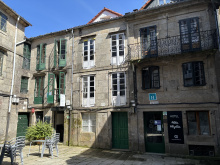
|
| Albergue SCQ 18-22€ 24 Booking.com |

|
| Albergue SIXTOS no Caminho 20€ 40 Booking.com |

|
| KM. 0 18-30€ 51 Booking.com |
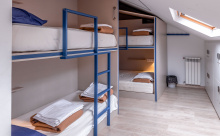
|
| Blanco Albergue 15-20€ 20 Booking.com |
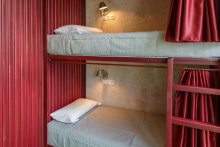
|
| Albergue La Credencial 18-22€ 36 Booking.com |
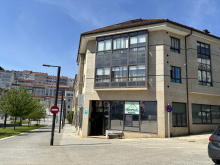
|
| Albergue Monterrey 14-30€ 36 Booking.com |
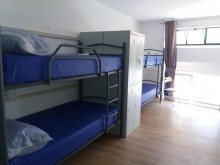
|
| Albergue La Estación 17-19€ 30 Booking.com |
|
| Albergue Porta Real 15-25€ 22 Booking.com |
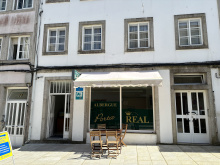
|
| Albergue Meiga Backpackers 14-20€ 30 Booking.com |
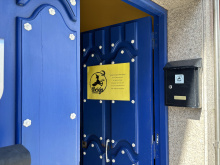
|
| Albergue Seminario Menor en Santiago de Compostela 17€ 199 Booking.com |
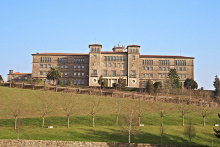
|
| Albergue Mundoalbergue 19€ 30 |
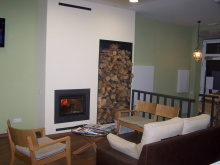
|
| Albergue Santo Santiago 14-18€ 40 Booking.com |
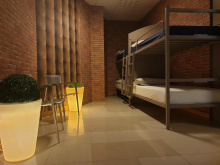
|
| Albergue-Hotel LoopINN 22€ 84 Booking.com |
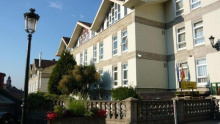
|
| Albergue The Last Stamp 19-25€ 62 Booking.com |
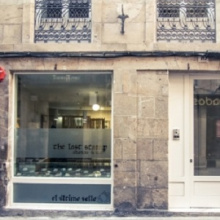
|
| Albergue Azabache 16-25€ 22 Booking.com |
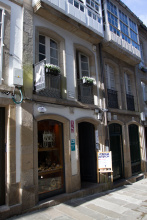
|
| Albergue La Estrella de Santiago 14-30€ 24 |
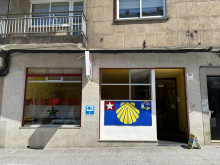
|
| Albergue Linares 16€ 14 Booking.com |
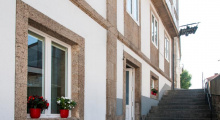
|
| Albergue Fin del Camino 14€ 110 |
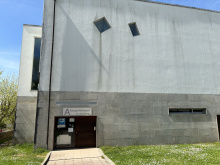
|
